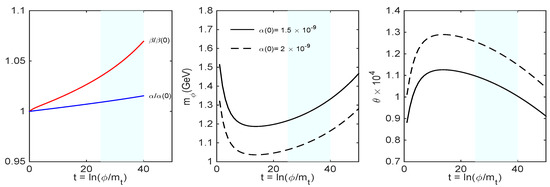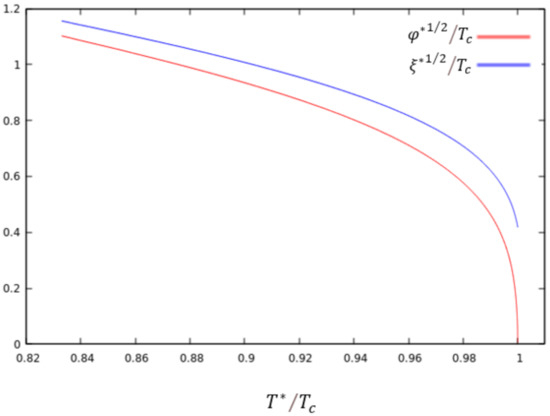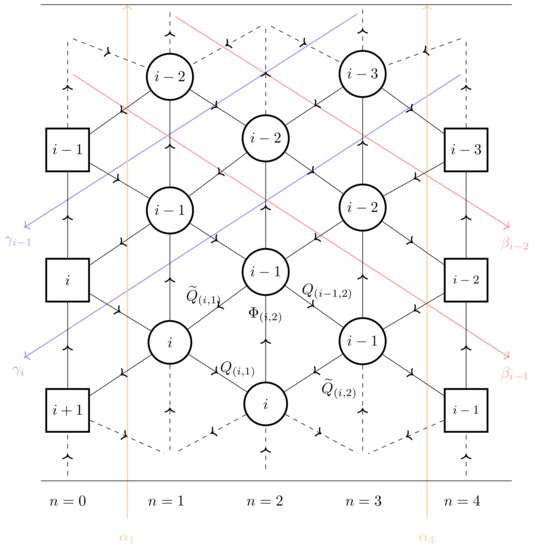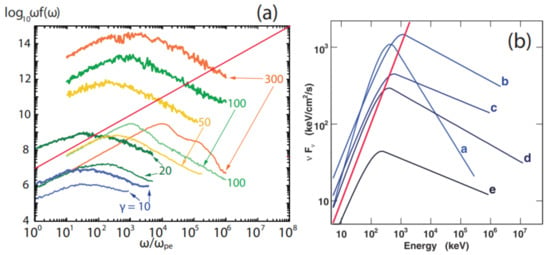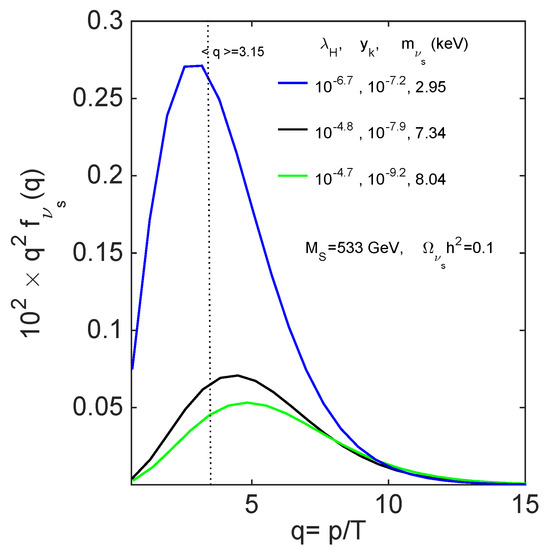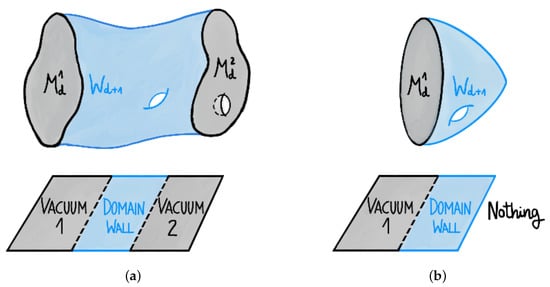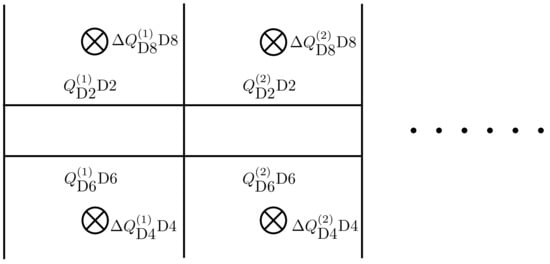Women Physicists in Astrophysics, Cosmology and Particle Physics
A topical collection in Universe (ISSN 2218-1997).
Viewed by 28900
Editor
Interests: cosmology; quantum physics; quantum space–time black holes; gravitational physics; fundamental physics; theoretical astrophysics; theoretical physics; new quantum physical systems; new quantum information systems
Special Issues, Collections and Topics in MDPI journals
Topical Collection Information
Dear Colleagues,
The physical approach to astrophysics, particle physics and cosmology, both in theory and observations, and, in fine, to the understanding of the physics of the Universe allows going deeper into the identification, choice, and formulation of the problems to be solved and into the research programs to be performed, in going to essential and universal or key features, in finding solutions and/or performing innovative discoveries, in understanding and unifying them, finding the cross-correlations when possible, in introducing new knowledge and progresses in the field beyond current comprehension, and in opening new avenues of knowledge in the physics of the Universe.
The aim of this Topical Collection is to highlight excellent contributions of women physicists in modern astrophysics, particle physics and cosmology and in the fruitful interplay between these domains. The objective and expected output of this Topical Collection is thus double-valued or twofold at least. All fields in modern astrophysics, particle physics and cosmology and their fruitful interplay are included—theory, observations, different methods, models, analytic studies, numerical simulations, as well as high energy astrophysics and black holes in all its mass ranges.
This Topical Collection welcomes research papers of high current and fundamental interest as well as review articles in this active field. Contributions to the field from research groups led by women or in which women are the corresponding authors of the manuscripts are strongly encouraged. Co-authors are acceptable, including man co-authors too.
This unique collection will offer, in this way, an exceptional opportunity to unify and bring together new research in this fascinating discipline performed by women physicists over the world, to promote their research, and provide high visibility to them.
We expect that this collection will also allow the apprehension of common universal features or properties within, at the same time, a wide range of diversity.
It is a great pleasure for me to welcome manuscripts to this Topical Collection, and I look forward to receiving your manuscripts in this fascinating field.
Prof. Dr. Norma G. Sanchez
Collection Editor
Manuscript Submission Information
Manuscripts should be submitted online at www.mdpi.com by registering and logging in to this website. Once you are registered, click here to go to the submission form. Manuscripts can be submitted until the deadline. All submissions that pass pre-check are peer-reviewed. Accepted papers will be published continuously in the journal (as soon as accepted) and will be listed together on the collection website. Research articles, review articles as well as short communications are invited. For planned papers, a title and short abstract (about 100 words) can be sent to the Editorial Office for announcement on this website.
Submitted manuscripts should not have been published previously, nor be under consideration for publication elsewhere (except conference proceedings papers). All manuscripts are thoroughly refereed through a single-blind peer-review process. A guide for authors and other relevant information for submission of manuscripts is available on the Instructions for Authors page. Universe is an international peer-reviewed open access monthly journal published by MDPI.
Please visit the Instructions for Authors page before submitting a manuscript. Submitted papers should be well formatted and use good English. Authors may use MDPI's English editing service prior to publication or during author revisions.
Keywords
- Women physicists
- Astrophysics and cosmology
- Theory and observations
- Gravitation and black holes
- Particle Physics





